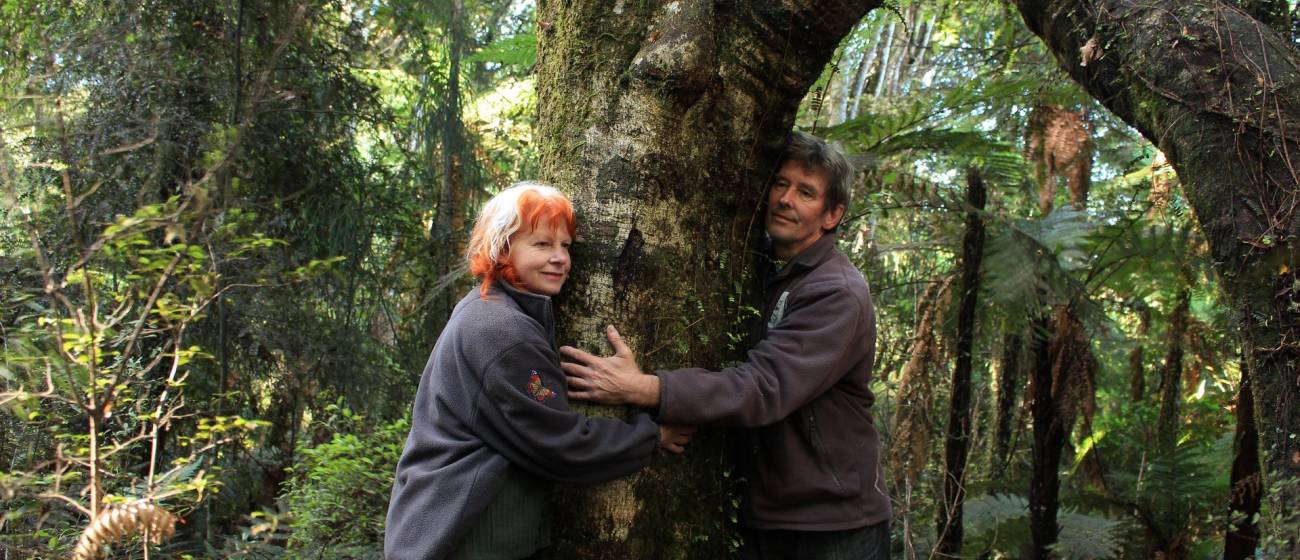What do we Blog about?
Our blog posts are full of tips and tricks to help you - to help nature. Just like our Tours and Activities, our posts are nature based, educational resources so read on and be inspired to "Give Back to Nature".
What our other guests had to say
Tiny Away is a great base to explore the Catlins and beyond... set within a 10 acre landscape with a food forest and donkeys. The place is exceptionally quiet with birdsong all around. The tiny home is modern and purpose built with all the amenities you require. The hosts are helpful and...
Iain, United Kingdom
We had a great stay in the Pekapeka Tiny House at Earthlore. We only stayed one night, but it was just what we needed for a weekend roadie through the Catlins. Quiet and peaceful. Gordon is a great host. Great communication and met us on arrival to make sure we had everything we needed and then...
Charles, Queenstown
Gorgeous hideout tiny house, cute, but well equipped
Daniel

-wdgtr.jpg)
